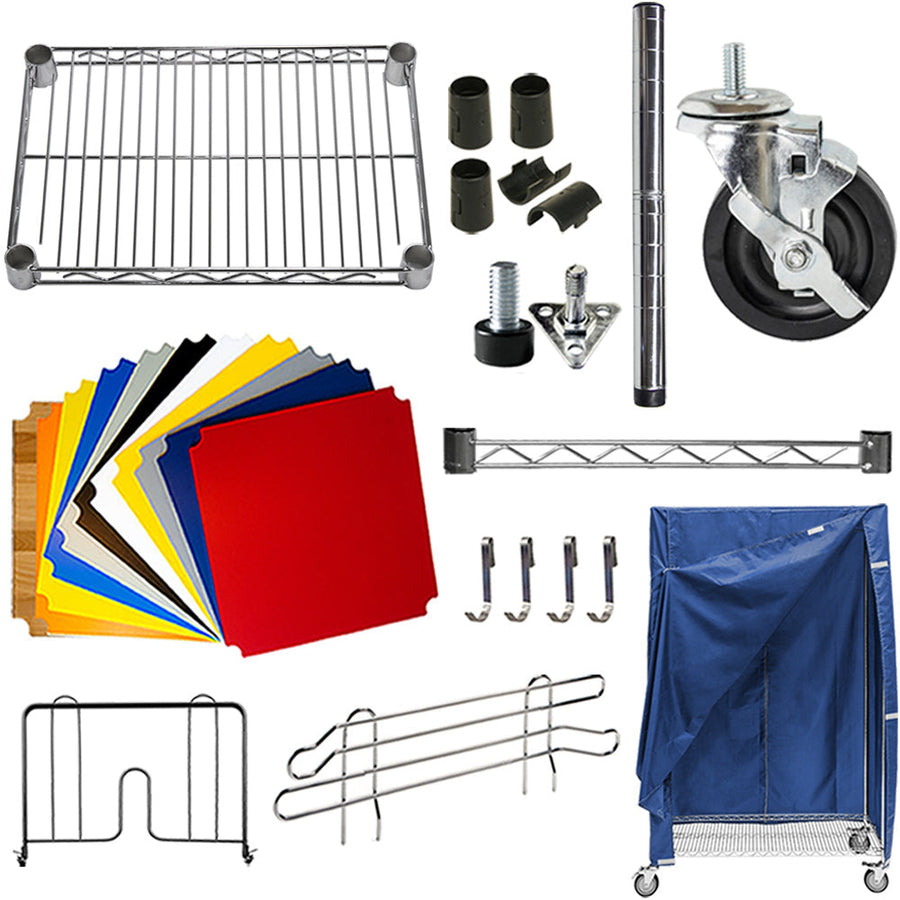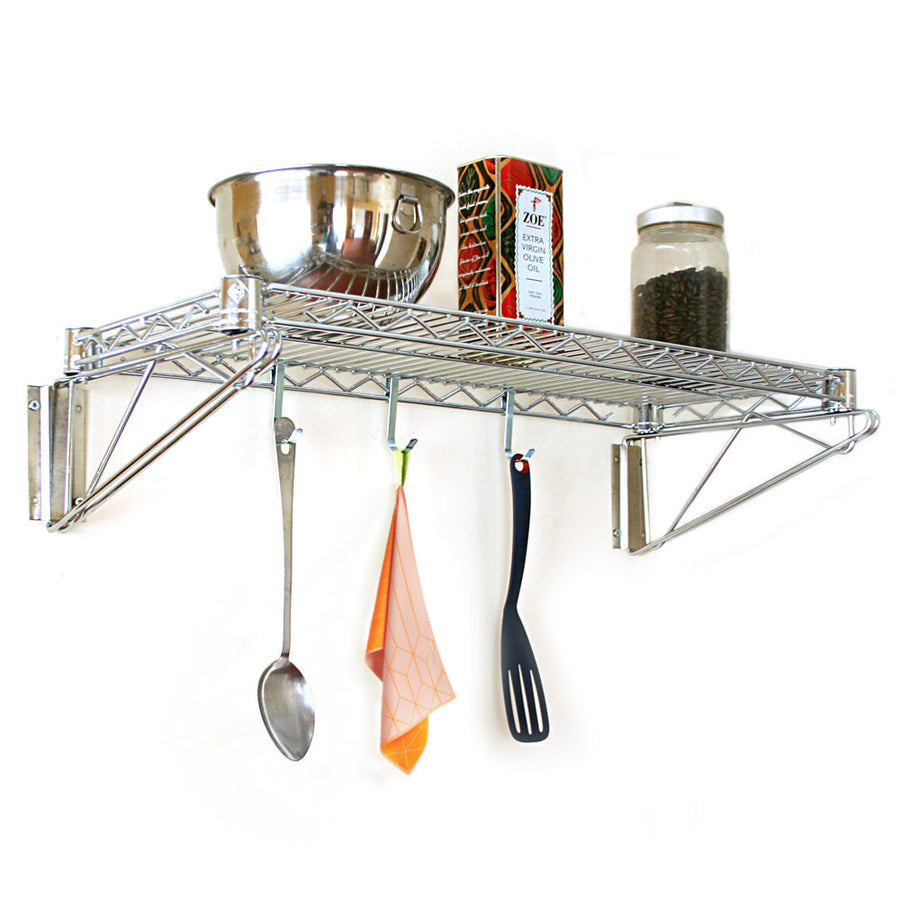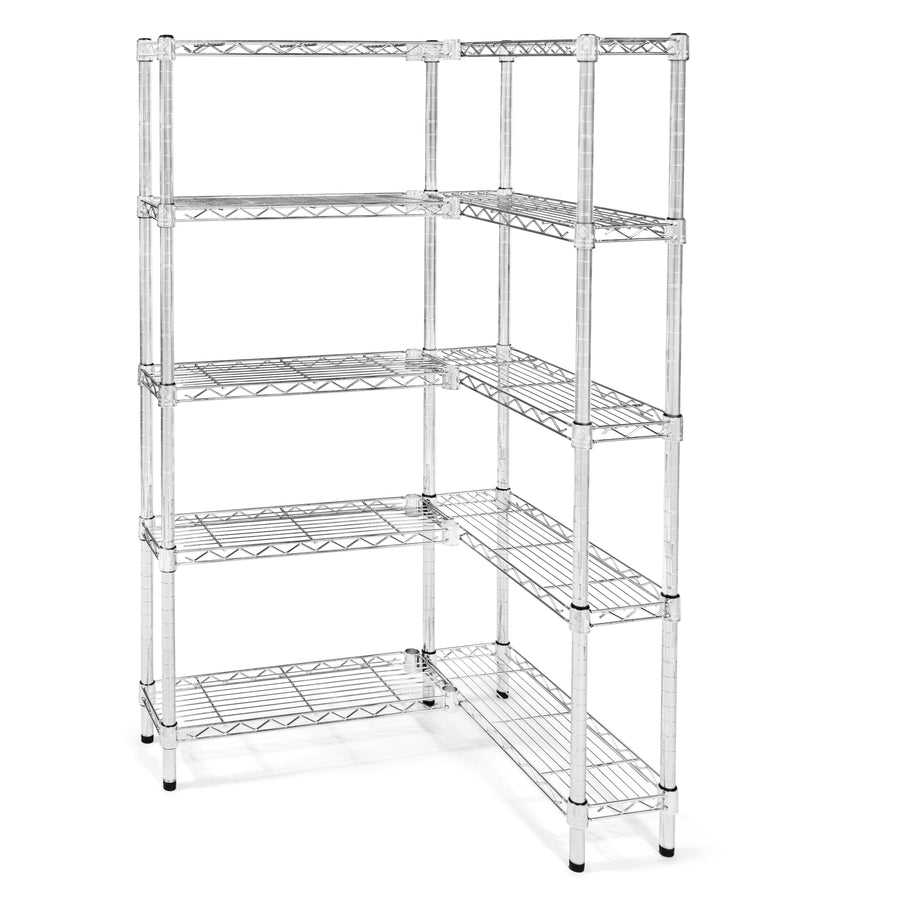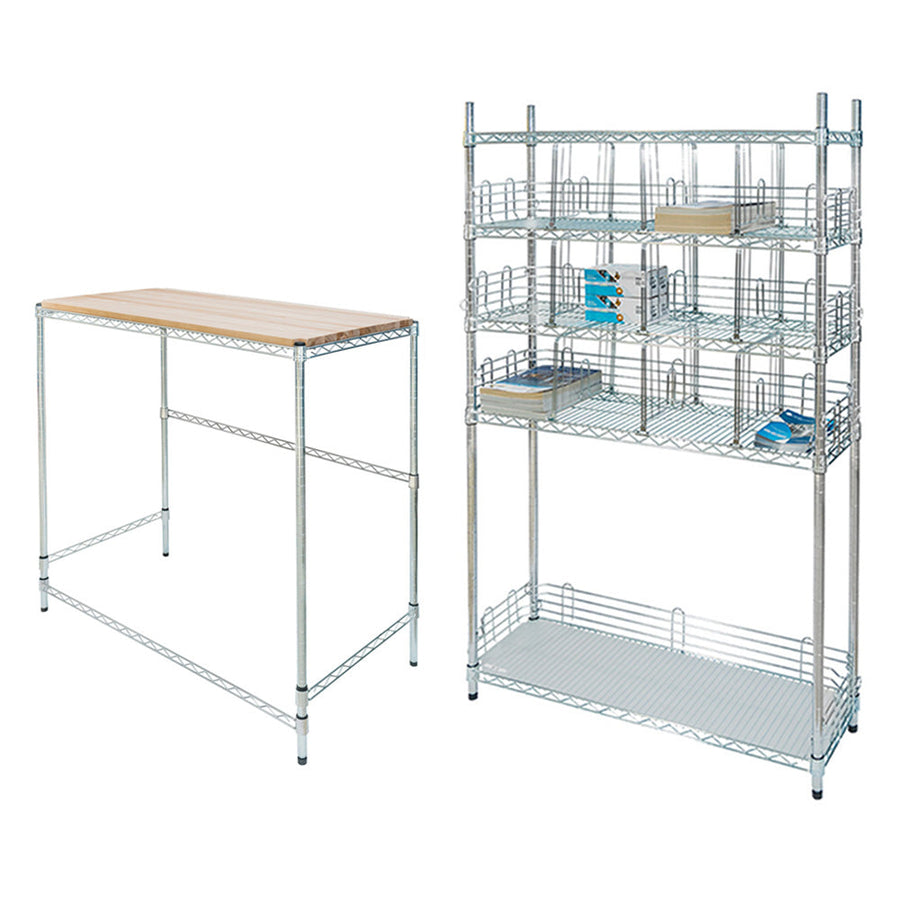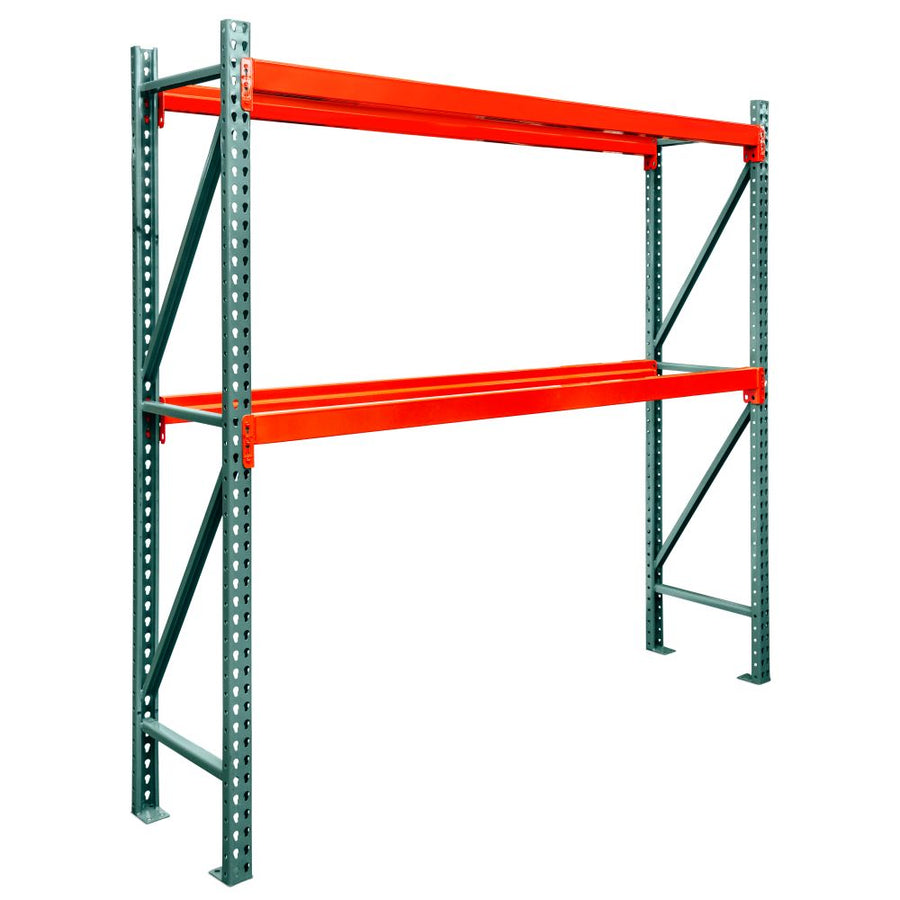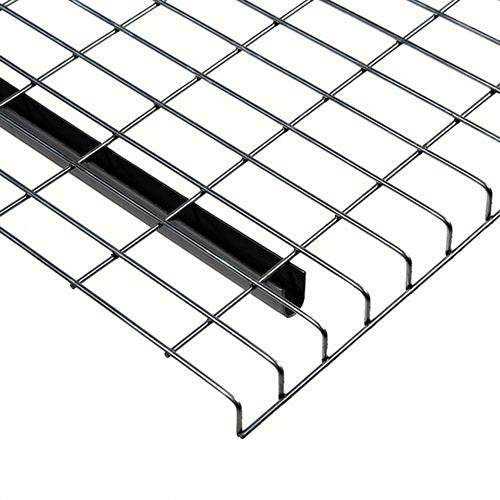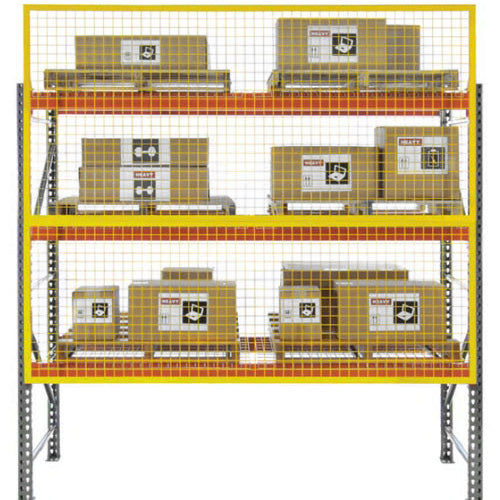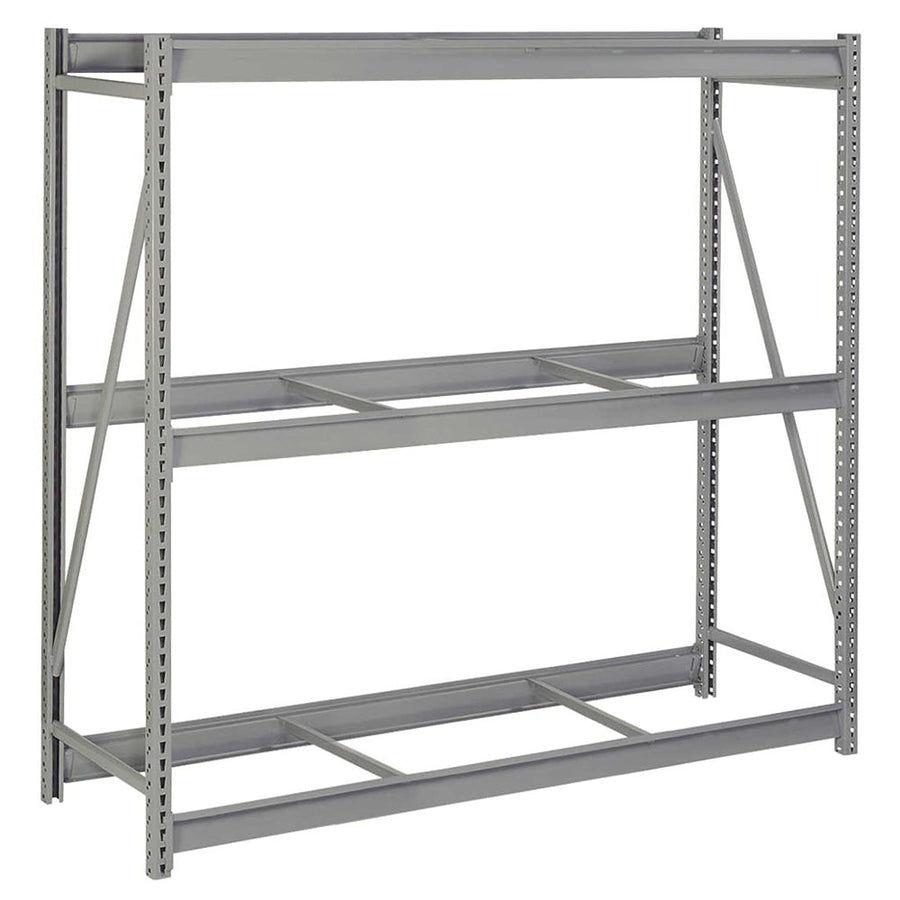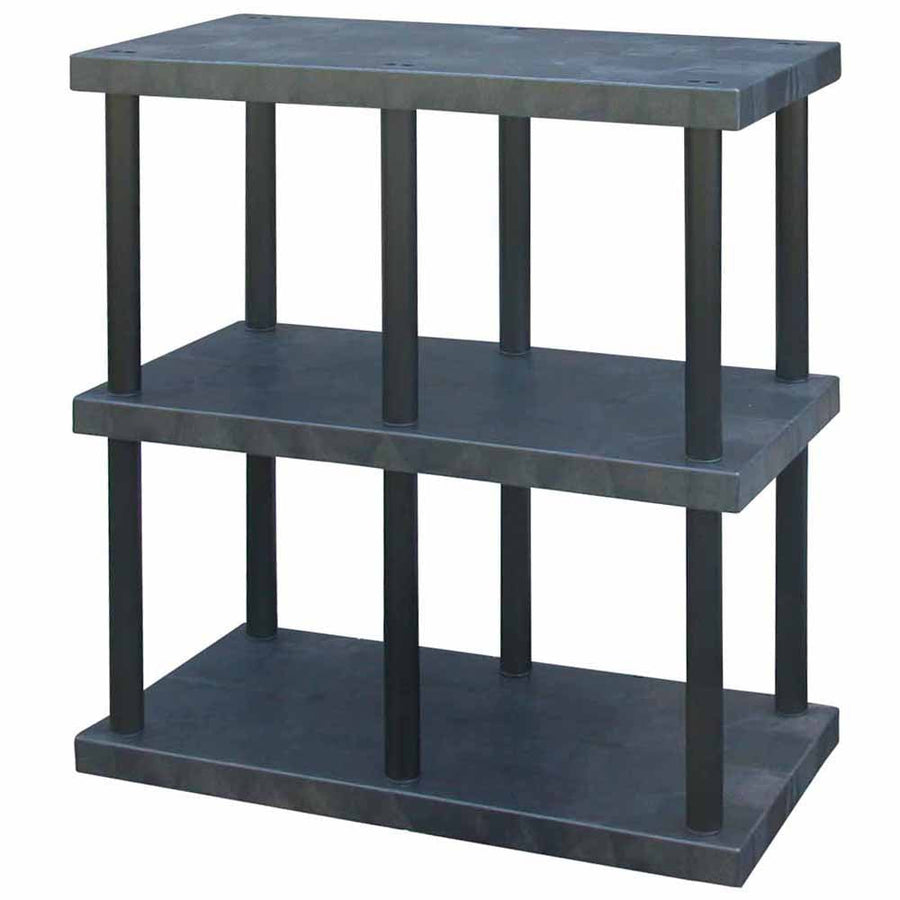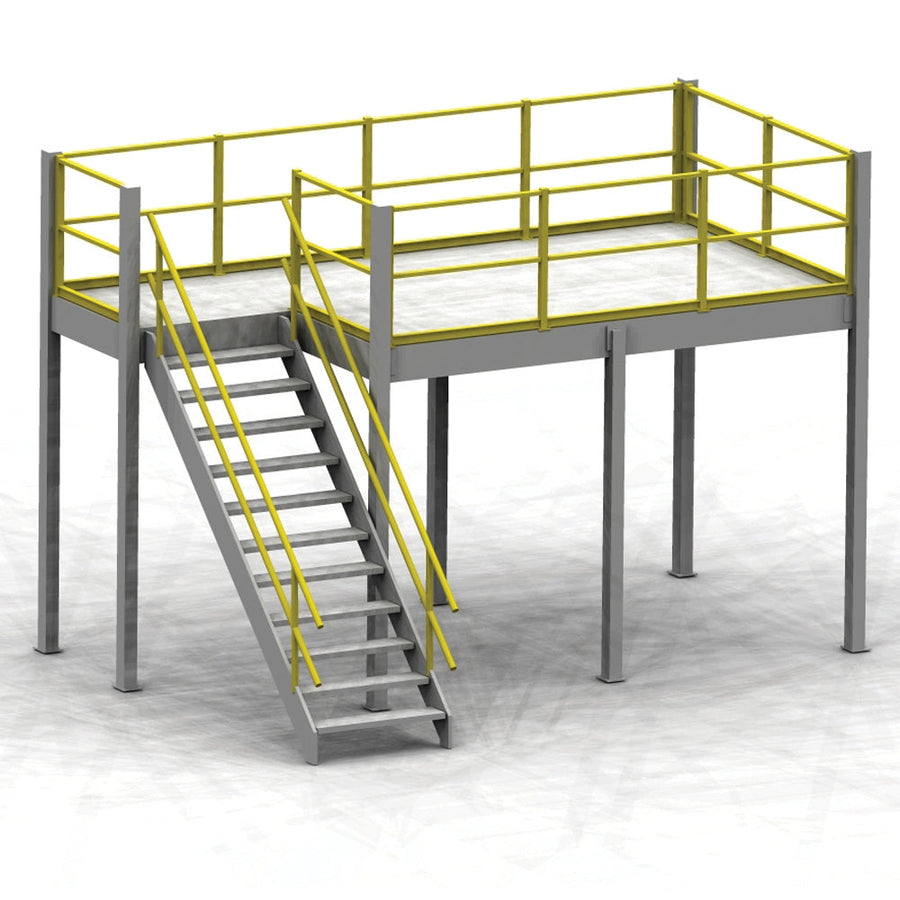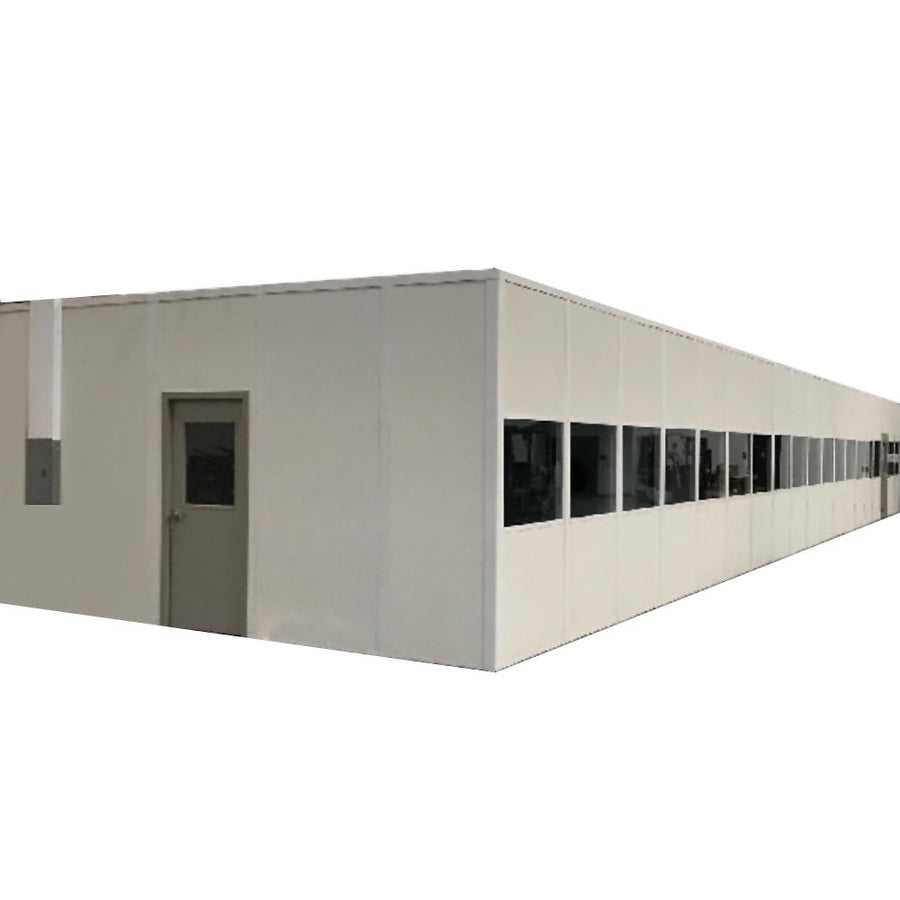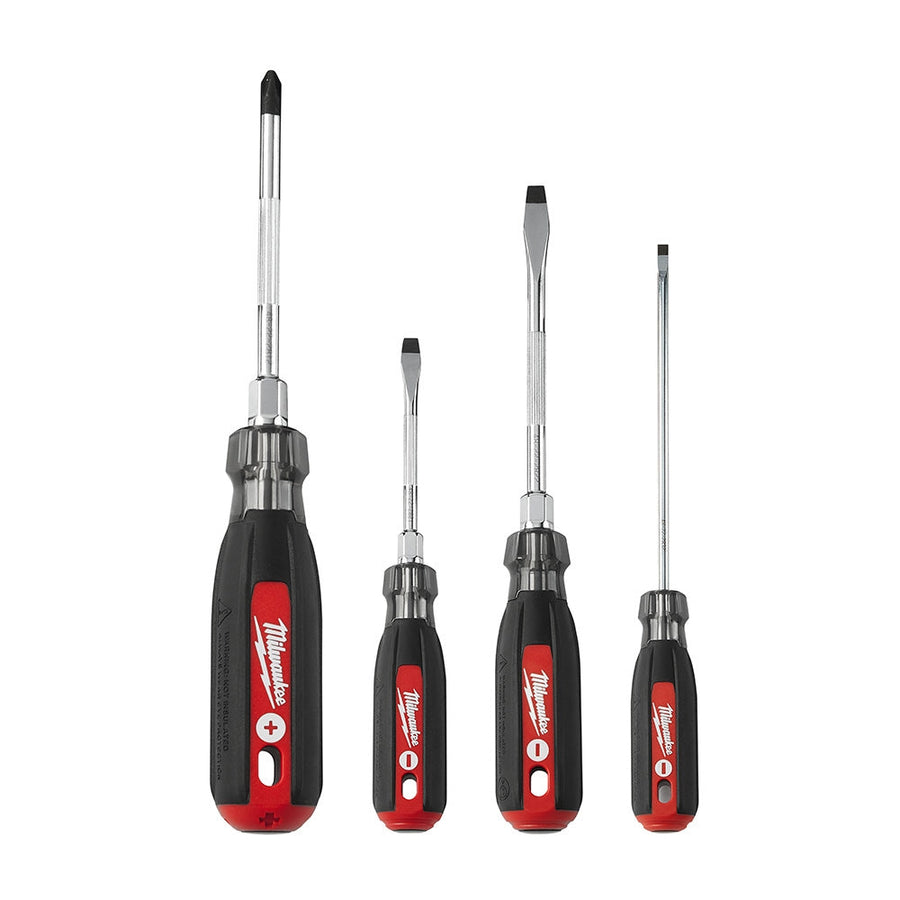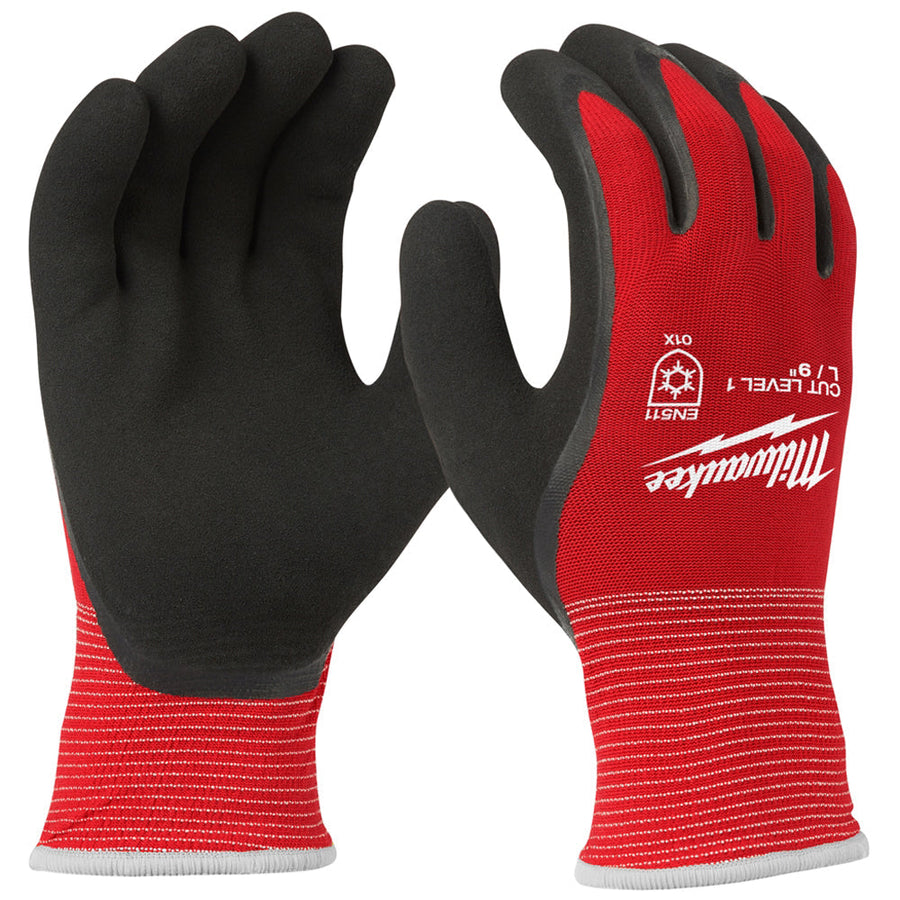Unless pizza is involved, surprises at work are never something you want to see - especially when it comes to your warehouse’s inventory.
Stock outs and other inventory count issues have become common these days. This can be easily attributed to a number of factors, including continued increases in online order demand, as well as the ongoing issues with stock and supply chains. However, there are ways to mitigate the risk of surprise inventory outages, and preventing stock outs even among your most popular items, by carefully managing your existing warehouse resources.
Looking to avoid stock outs in your warehouse? Here’s a few of our favorite stock out prevention tips:
Creating “safety stock”
One of the most surefire ways to avoid running out of popular items throughout your warehouse is to create safety stock. While just-in-time inventory practices have become increasingly popular over the years due to the lower amount of on-hand inventory required, this has also led to an increase in inventory issues for consistently popular items, as many items can be oversold or simply go out of stock before the time comes to replenish them.
As the seasons progress and customer demand changes, take a frequent look at your best-selling items and most popular inventory to assess what’s at the greatest risk of running out of stock, or even what items have already run out of stock in the recent past. Once these items have been identified, take steps to start increasing your on-hand inventory of each of them.
The caveat with this approach is that it may require something of a reconfiguration of what items are stored where, or even the need to install more warehouse storage like pallet racking to better organize and manage this newly-increased inventory. It’ll all be worth it once you see those products flying off the shelves and into the hands of excited customers.
Better forecasting and demand planning
Similarly, if you have enough data to suggest the need for safety stock, it’s probably time to start improving your overall inventory forecasting.
Create a demand forecast to cover the next 18-24 months that considers consumer trends, previous stock issues, and consistently popular items. Review your previous sales figures and compare them to current shipment projections to see what needs to be reordered sooner, or maybe even what you can order less of next time to free up room for the more popular items.
Depending on how integrated with the retail operations your warehouse is, you may also want to consider working with your marketing or sales teams to better understand what the customers are asking for, or what they have a harder time moving, in order to get a more holistic view of your inventory needs in the future. It can be a lengthy process, but the better idea you have of what your customers will be buying, the less change there will be of inventory shortages.
Reduction in human error
Unfortunately, no matter how diligent your on-the-floor staff is, the risk for simple human error is always present. However, there’s always ways to mitigate these risks.
One of the best ways to reduce human error is through proper, thorough training. Let’s say your warehouse includes some high density warehouse storage like multilevel storage units, or pushback racking, that can help you stock larger or more popular items. Without the proper training and guidance, your team may run into issues locating a given item, or miscount the items on the shelves (even with IR scanners and similar tools). This can contribute to stock outs, and other unexpected inventory issues, by not providing an accurate idea of how much inventory is available for a given product, which can then lead to canceled orders, items incorrectly marked as out of stock, and so on.
By alleviating as much confusion as you can before your team starts to hit the floor, you can reduce the amount of inventory issues caused by these miscounts. Create a detailed guide to each SKU’s location throughout your storage, and brief all your team members on it as changes are made (or as new workers join the team) to keep everyone on the same page.
With a little preparation, your warehouse or fulfillment center can work to prevent any unfortunate surprises with your inventory - and both you and your customers will be all the happier for it.



